Muslim World Marks Eid al-Fitr on Sunday and Monday Amid Gaza's Pain
This year, the global Muslim Ummah is marking Eid al-Fitr 1446 AH on two different dates, reflecting the diverse lunar sighting practices and astronomical calculations followed across nations. While the crescent moon of Shawwāl was sighted on Saturday evening in several countries and observed Eid al-Fitr today, Sunday, 30 March, others announced Monday, 31 March, as the day of Eid due to the absence of a confirmed moon sighting.
Eid on Sunday: Majority of the Gulf and Several Arab States
Countries that confirmed the sighting of the Shawwāl crescent on Saturday night and thus celebrated Eid on Sunday include:
- Saudi Arabia: The Supreme Court, following testimonies from verified witnesses, declared Sunday as Eid【source: SPA via Al Jazeera】.
- Qatar, UAE, Kuwait, and Bahrain also declared Eid on Sunday after religious authorities verified the moon sighting.
- Yemen, Sudan, Palestine, and Lebanon joined them. In Palestine, Grand Mufti Sheikh Muhammad Hussein announced the sighting and Sunday observance.
- Djibouti, Ethiopia, and other East African countries likewise marked Eid on Sunday.
- In Iraq, the Sunni religious authority (Diwan al-Waqf al-Sunni) declared Monday as Eid, while the Kurdistan region announced Sunday, reflecting internal regional differences.
- Türkiye also marked Eid on Sunday, based on astronomical calculations endorsed by Diyanet.
Eid on Monday: Egypt, Syria, Jordan, Algeria, and More
Countries where no confirmed moon sighting occurred, and thus declared Monday as the first day of Shawwāl include:
- Egypt: Grand Mufti Dr. Shawki Allam announced the crescent could not be seen and that Monday is Eid.
- Syria, Jordan, Algeria, Tunisia, Libya, Oman, and Iraq’s Shia authorities (including the office of Ayatollah Ali al-Sistani) confirmed Monday as Eid.
- Morocco planned the moon sighting for Sunday night and had not yet announced as of Saturday.
- Pakistan, India, Bangladesh, Malaysia, Indonesia, and Brunei also announced Eid would be observed on Monday, 31 March.
This divide is not unusual and reflects the diversity of jurisprudential approaches, ranging from local sighting (ruʾyah) to astronomical calculation (hisāb).
Spiritual Grandeur at Masjid al-Ḥarām
At the break of dawn on Sunday, a majestic and deeply spiritual scene unfolded in the heart of Makkah, as hundreds of thousands of worshippers converged upon Masjid al-Ḥarām to perform Ṣalāt al-ʿEid. The serene courtyard and upper levels of the sacred mosque were filled with voices echoing the takbīrāt, creating a moving symphony of praise and submission.
The prayer was led by Sheikh Dr. ʿAbd al-Raḥmān al-Sudays, Imam and Khaṭīb of the Ḥaram, who began his Eid khuṭbah by calling the Ummah to taqwā (God-consciousness). He reminded worshippers that Allah has blessed them to witness this joyful day, describing Eid as a divinely sanctioned celebration, a time for Muslims to rejoice in completing a month of fasting and worship.
He said:
“Allah has favoured you with reaching this blessed day — so rejoice in your Eid and celebrate, for expressing joy on Eid is a Sunnah and a manifestation of Islam’s identity. Eid is a day of joy, not sorrow; of smiles, not grief. So spread happiness, lift broken spirits, be mindful of others’ feelings, and let the banners of joy wave across families, homes, streets, and markets.”
He further called upon the Ummah to reflect on the Prophetic model ﷺ of celebration, citing narrations from ʿĀʾishah (رضي الله عنها) that the Prophet ﷺ encouraged expressions of joy on Eid, even in modest settings. Sheikh Sudays beautifully likened the one who enters Eid with sincere faith and optimism to one who drinks from a fountain sweeter than rain and purer than honey — a metaphor for the spiritual sweetness gifted by following the Prophet’s ﷺ path.
He concluded with heartfelt duʿā, especially for Palestine, Gaza, Sudan, Yemen, and all places of conflict and hardship, pleading for divine mercy, justice, and peace.
Spiritual Fiesta at Masjid al-Nabawī
In Madinah, Masjid al-Nabawī was equally resplendent. Hundreds of thousands gathered in the Prophet’s ﷺ city in a scene imbued with tranquillity, warmth, and divine light. The rows of worshippers extended far into the mosque's courtyards, many of whom had remained in iʿtikāf during the final ten nights of Ramaḍān.
The khuṭbah was delivered by Sheikh Dr. ʿAbd Allāh al-Buʿayjān, Imam and Khaṭīb of Masjid al-Nabawī. He too began by urging Muslims to uphold taqwā and to rejoice in the completion of fasting, emphasising that Eid al-Fiṭr is a divine gift following the fourth pillar of Islam — Ṣawm (fasting).
“Eid al-Fiṭr is a day of joy after obedience, a time to celebrate the bounty of Allah. Just as Eid al-Aḍḥā comes after the completion of Ḥajj, this Eid comes after the great spiritual journey of fasting Ramaḍān,” he said.
Dr. al-Buʿayjān stressed that expressing joy on Eid is an act of faith. He reminded the worshippers of the verse:
“Say: In the bounty of Allah and His mercy — in that let them rejoice; it is better than what they accumulate.” (Surah Yūnus 10:58)
He reminded worshippers that for the fasting person there are two joys: one at the time of breaking the fast, and one when he meets his Lord. The Imam encouraged Muslims to spread mercy, smiles, and optimism, and to embody the spirit of giving that characterises this festival.
His duʿā included heartfelt pleas for peace, relief, and justice — especially for Gaza, where no Eid clothes, no sweets, no homes awaited many — only duʿā under the shadows of destruction.
120,000 Pray Eid at Masjid al-Aqsa Despite Israeli Restrictions
On the morning of Sunday, an estimated 120,000 worshippers gathered at the sacred compound of Masjid al-Aqsa in Jerusalem to perform Ṣalāt al-ʿEid, according to the Islamic Waqf Department. Despite the heavy restrictions imposed by Israeli occupation forces, the courtyards of al-Aqsa overflowed with men, women, and children, raising the takbīrāt in unison and embodying the unshaken spirit of the Palestinian people.
However, not all were allowed in. A large number of worshippers were denied entry at Israeli checkpoints and had to perform Eid prayers outside the compound walls. Israeli forces also maintained a heavy presence inside the courtyards after Fajr, creating a tense backdrop to what is meant to be a day of joy.
The khutbah delivered at the mosque was deeply emotional. The Imam focused on the sanctity of al-Aqsa, the escalating situation in Gaza, and the need for Muslim unity. Takbīrāt echoed from every corner of the sacred precinct, accompanied by tears and duʿā for the martyrs and displaced.
Yet, amid these provocations, the voices of the worshippers rose louder — with heartfelt duʿā for Gaza, takbīrāt of resistance, and a collective plea for justice. The resilience of al-Aqsa’s worshippers sent a message far beyond Jerusalem: our sanctities are not forgotten, and our pain is shared.
Children carried Palestinian flags, while others raised pictures of loved ones lost in Gaza. The crowd chanted Allāhu Akbar in defiance of the ongoing occupation and aggression.
Khutbahs Across the West Bank: Eid in the Shadow of Genocide
Across the occupied West Bank, imams delivering the Eid sermons redirected the celebration’s focus toward Gaza, which remains under relentless Israeli assault. The khutbahs called on worshippers to express solidarity rather than excess joy — to balance celebration with deep concern for their brothers and sisters facing genocide.
In Nablus, Sheikh Jaʿfar Hāshim reminded the congregation of the harsh reality dividing Palestinians this Eid:
“There are those who rejoice today, and there are those who grieve — grieving the loss of children, families, and homes. While some wear new clothes, others search for a piece of bread to feed their hungry families.”
Sheikh Māhir al-Kharāz, also speaking in Nablus, delivered an impassioned call to remember Gaza at every moment:
“Gaza is in our hearts. Its resistance has lifted the head of the Arab and Islamic nations. Today, it faces betrayal from near and far. We must stand by its people — in duʿā, in word, and in whatever aid we can offer.”
He also extended his support to the displaced and besieged families in northern West Bank refugee camps, especially Jenin, Tulkarm, and Nūr Shams, where Israeli assaults continue daily.
In Gaza, Eid is Marked by Blood, Dust, and Steadfastness
While parts of the Muslim world celebrated, the people of Gaza marked another Eid under fire. Sunday brought renewed Israeli airstrikes in Deir al-Balah and Rafah, further worsening an already catastrophic situation.
According to reports from Anadolu Agency and Al Jazeera, airstrikes resumed on Sunday morning in central and southern parts of Gaza, including Deir al-Balah and Rafah, resulting in more civilian deaths and injuries. Entire families performed Eid prayers amidst the rubble of destroyed buildings and UN shelters. Makeshift Eid spaces were established in open fields, school courtyards, and tents.
“Our children ask what Eid is, and we have no answer,” said Umm Ahmad, a mother of three sheltering in a tent after losing her home.
As of this week, more than 50,000 Palestinians have been killed since the start of the Israeli assault, with and more than 80% of the population that is over 1.8 million displaced.
This is now the third Eid al-Fitr to pass during Israel’s ongoing war of extermination on Gaza, which has claimed the lives of over 50,000 Palestinians, including thousands of children. In northern Gaza, entire neighborhoods have been erased, and families live amidst ruins, grief, and hunger.
But this Eid also marks a painful first for thousands of displaced Palestinians in the West Bank, especially in the camps of Jenin, Tulkarm, and Nūr Shams. These areas have faced relentless raids, home demolitions, and infrastructure destruction,
Disclaimer
The views expressed in this article are the author’s own and do not necessarily mirror Islamonweb’s editorial stance.

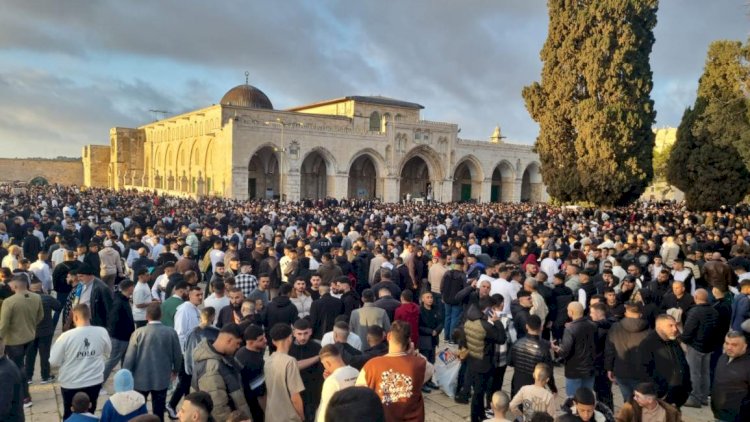


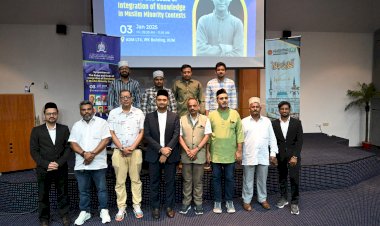
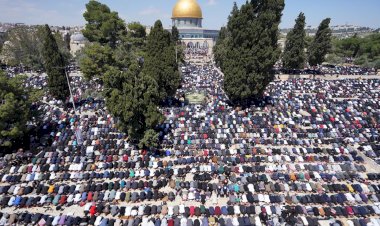
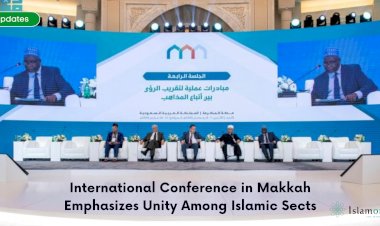
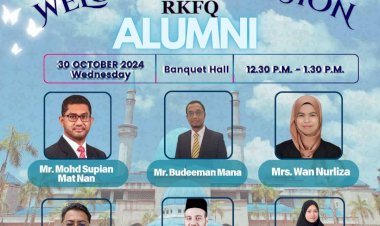
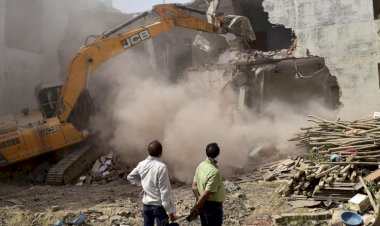
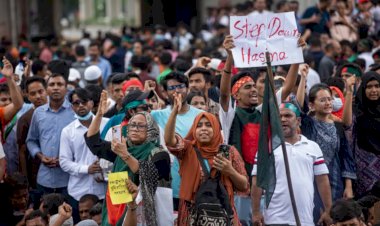










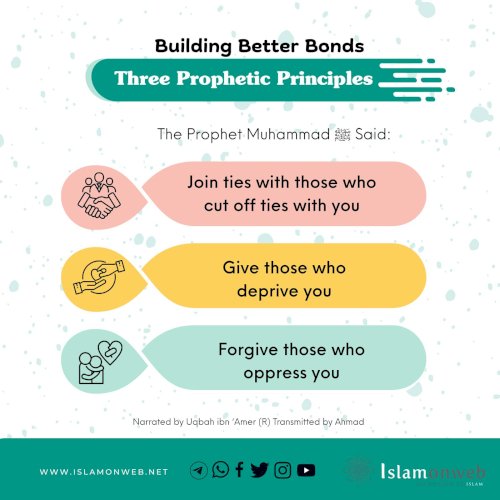
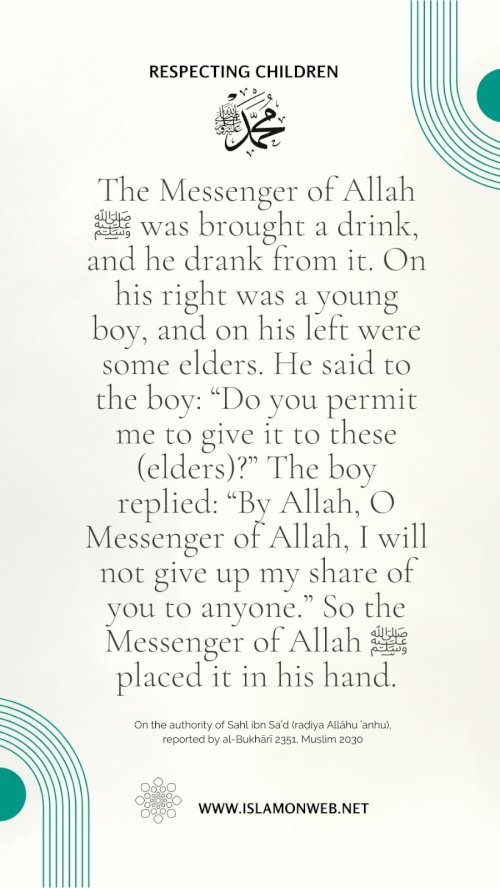
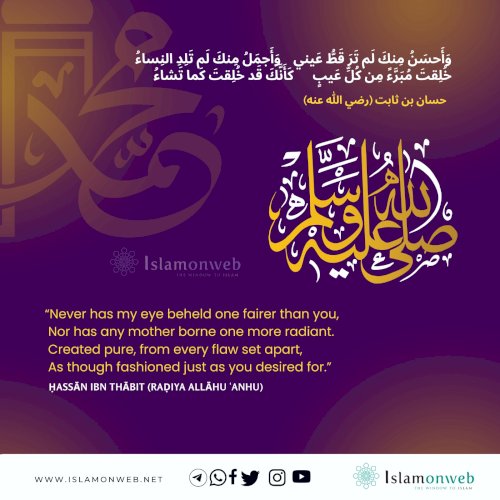
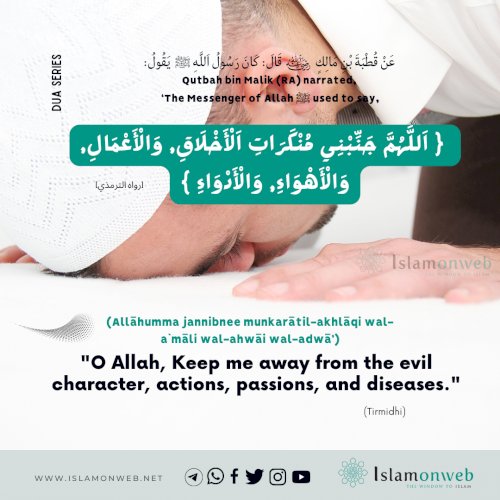
Leave A Comment